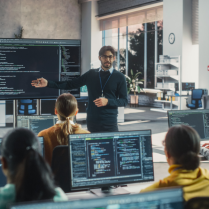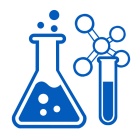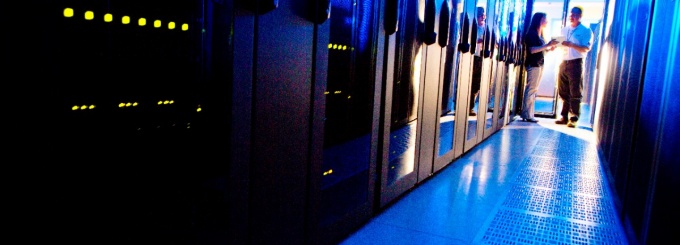
Leading, High-Performance Computing and AI Cluster Powers Innovative Solutions
Welcome to CCR! Our support staff is comprised of HPC specialists, computational scientists, system administrators, programmers, software developers, and database experts. Staff are available to help users of all levels. The CCR support pages offer a wide range of documentation, presentations, and examples to aid in the utilization of CCR resources to facilitate your research. Our searchable knowledgebase provides users with answers to frequently asked questions, how-to articles on using the clusters & research cloud, and detailed step-by-step instructions for many of the tasks most users desire. Contact us any time you need assistance!


































